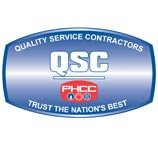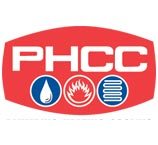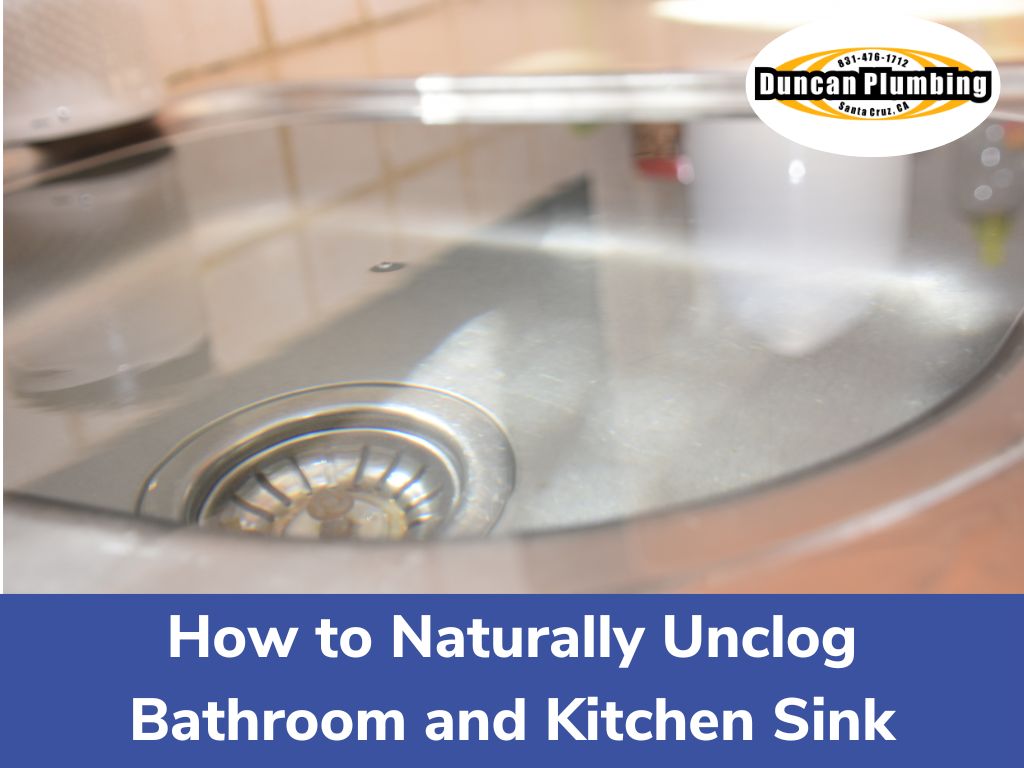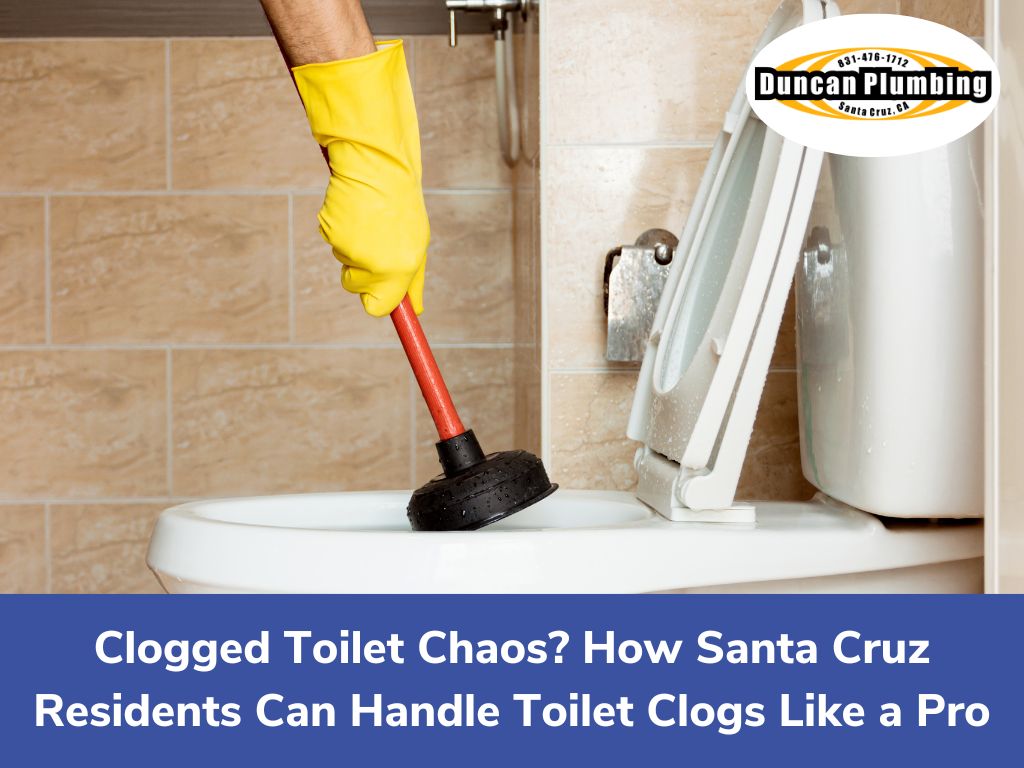11 Common Types of Plumbing Emergencies and How to Handle Them
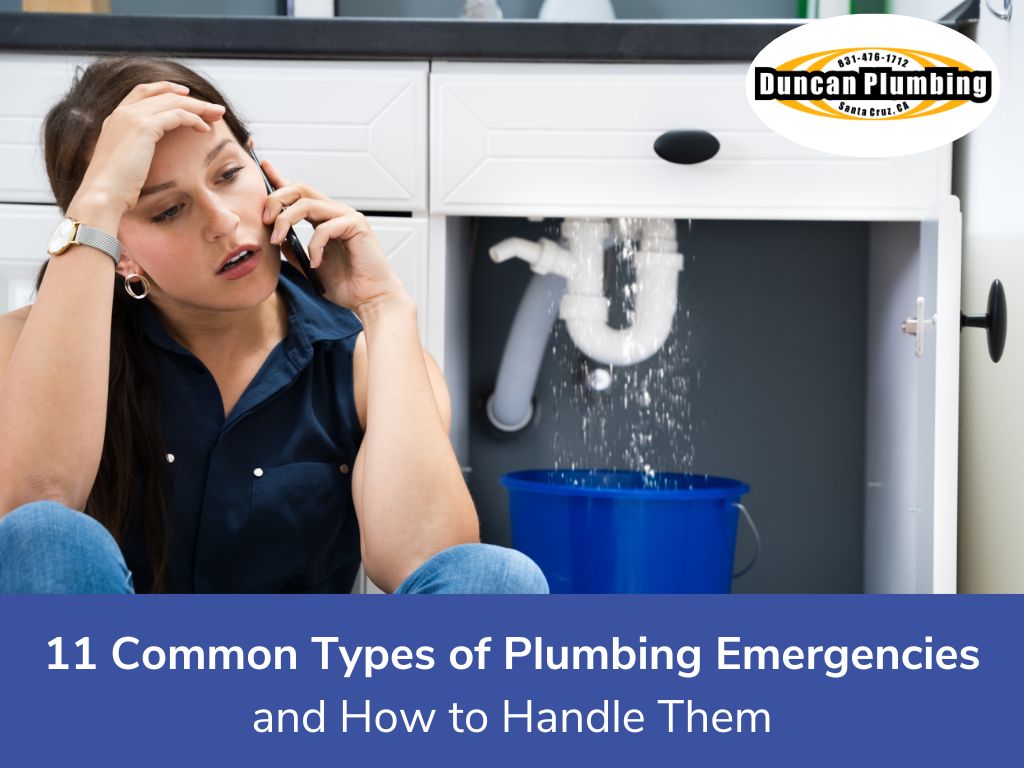
Plumbing emergencies can happen anytime and anywhere in your home. Whether it be in your kitchen, bathroom, or basement – these emergencies can cause a lot of stress and damage if not handled properly and promptly. The longer you wait to address a plumbing issue, the worse it will become.
But what exactly constitutes a plumbing emergency? In this guide, we will discuss eleven common plumbing emergencies you may encounter and provide tips on handling them. Let’s dive right in!
1. Leaking Pipes
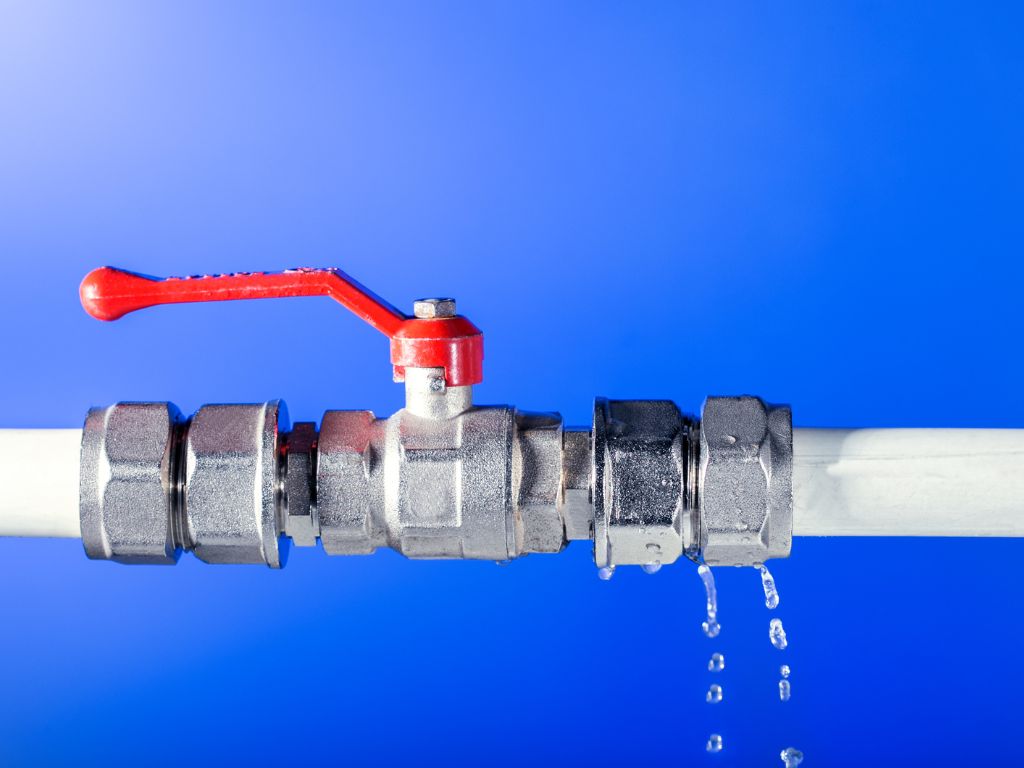
One of the most common plumbing emergencies is a leaking or burst pipe. This can happen due to a variety of reasons, such as freezing temperatures, old and corroded pipes, high water pressure, and more. If you notice any leaking water coming from a pipe, it is essential to act quickly to prevent any further damage.
The first step to fixing this plumbing emergency is to shut off the main water supply to your home. This will stop any more water from leaking and causing damage. Next, you will want to contact an emergency plumber to assess and repair the issue. DIY repairs, such as using tape or sealants, may provide a temporary fix, but it is best to rely on a professional for a long-term solution.
2. Clogged Sinks

Another common plumbing emergency is a clogged sink. A buildup of hair, food particles, grease, and other debris can cause clogged drains in your bathroom or kitchen sink. If left untreated, clogs can lead to water backup and flooding.
There are a few things you can do to try and clear a clogged drain pipe. Start by attempting to clear the clog using a plunger. Place the plunger over the sink drain and create a tight seal before applying vigorous up-and-down motions. This can help dislodge the blockage and restore proper water flow.
If this does not work, you can try using a plumbing snake to break up the clog. Simply insert the snake into the drain and twist it until you feel resistance. Then, slowly pull out the snake while continuing to twist to clear any debris. You can also use natural remedies such as pouring hot water, baking soda, and vinegar down the drain to help break up clogs.
Should these methods fail, it is best to call a professional plumbing company. They will have the proper tools and expertise to clear stubborn clogs without causing damage to your pipes.
3. Running Toilets
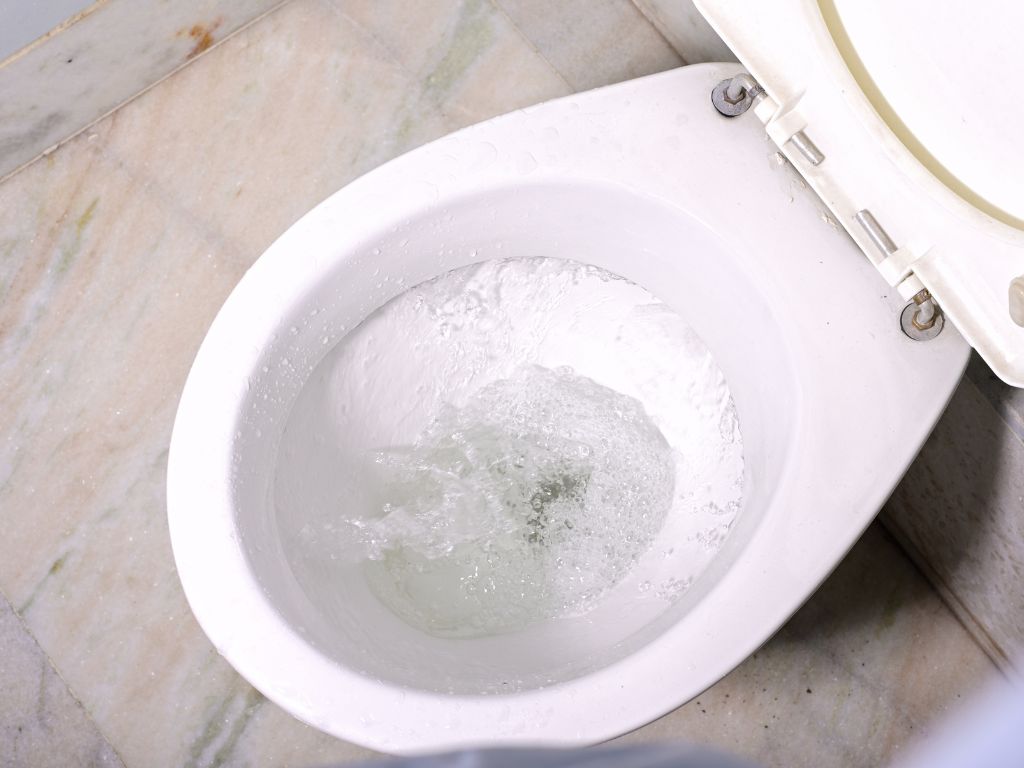
Running or gurgling toilets are not only annoying, but they can also waste a significant amount of water and increase your water bill. In fact, a continuously running toilet can waste up to 200 gallons of water per day, depending on the severity of the plumbing emergency.
The most common cause of a running toilet is a faulty flapper valve. This is the rubber seal at the bottom of the tank that controls water flow into and out of the tank. Over time, this valve can become worn or misaligned, causing it to constantly allow water to leak from the tank into the bowl.
Replacing the flapper valve is a simple and inexpensive fix that can save you money in the long run. Other possible causes of a running toilet include:
- A damaged fill valve.
- Loose or broken tank hardware.
- Sediment buildup in the tank.
If you are unsure how to fix a running toilet or do not have the necessary tools, it is best to call an emergency plumbing service.
4. Low Water Pressure
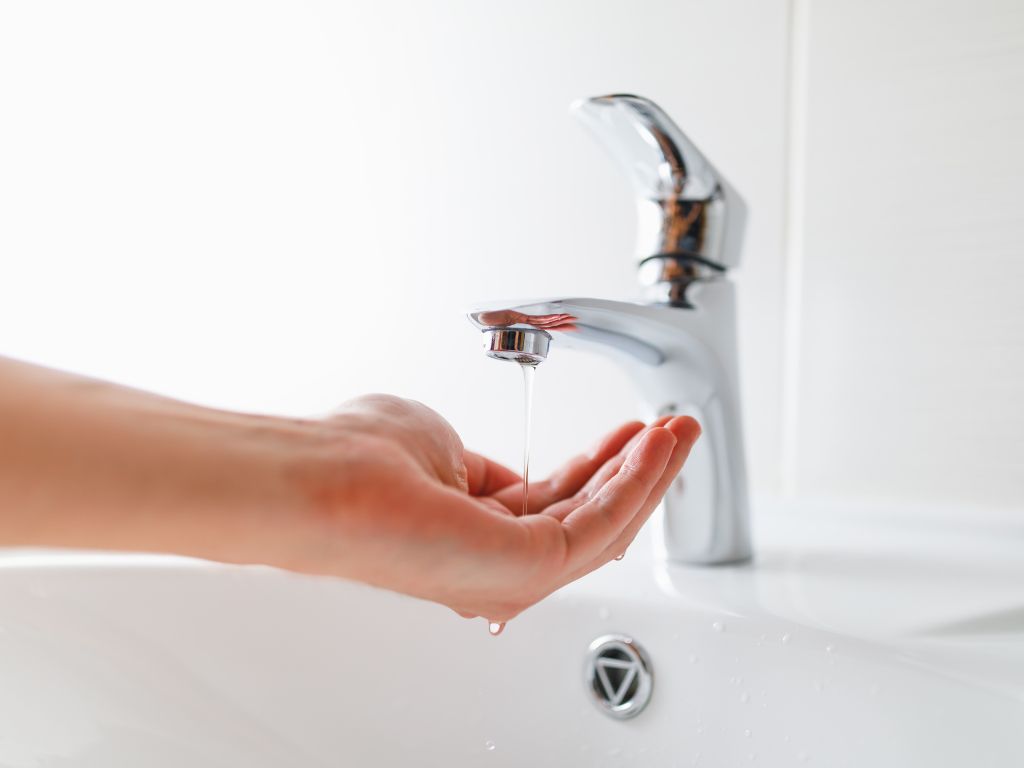
Low water pressure is a common household plumbing system issue that can be caused by various factors. The first step in addressing low water pressure is to check if it is affecting the entire house or just specific fixtures.
If the problem is isolated to one fixture, such as a showerhead or faucet, the cause may be a buildup of mineral deposits. Over time, these deposits can clog the small openings in these fixtures and restrict water flow. Removing and cleaning the affected fixture or replacing it entirely can help solve this issue.
However, if the low water pressure is affecting the entire house, there may be a larger plumbing emergency at play. Possible causes can include:
- A leak in the main water line.
- A malfunctioning pressure regulator.
- A blockage in the main water supply line.
In these cases, it is best to call emergency plumbers to diagnose and fix the issue. Ignoring low water pressure can lead to further damage and higher utility bills.
5. Faulty Water Heater
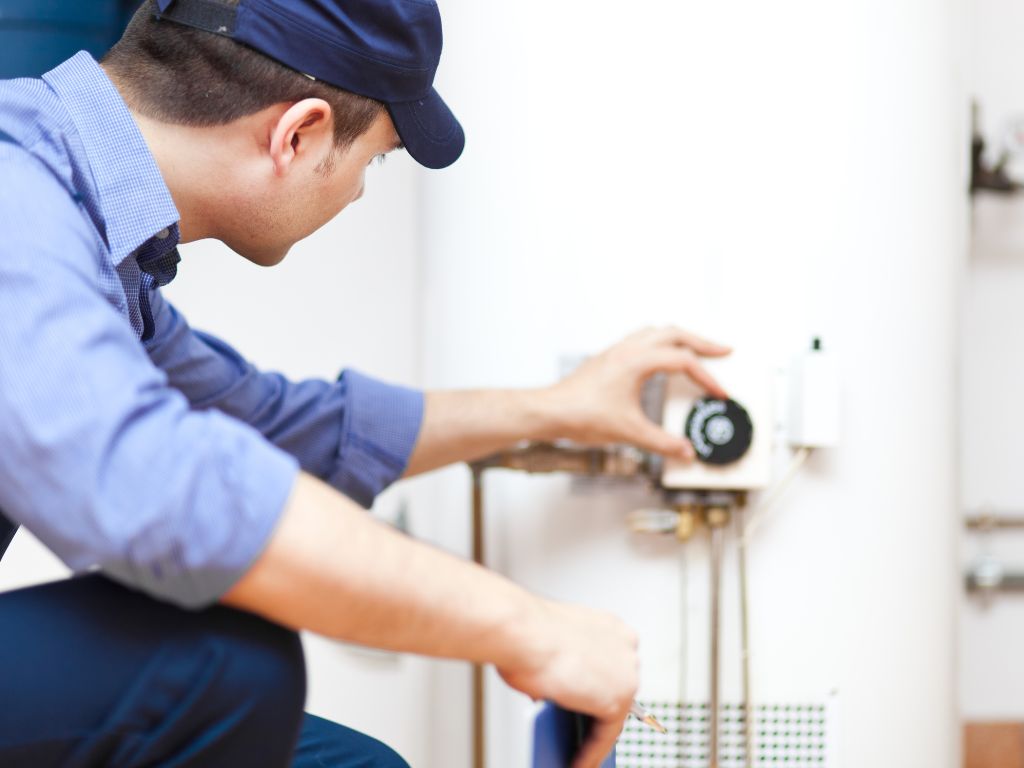
A water heater is an essential household appliance that works hard every day to provide us with hot water for showers, laundry, and dishes. However, water heaters can experience malfunctions and breakdowns over time.
Of course, the most obvious sign of a faulty water heater is the lack of hot water. However, other signs to look out for include strange noises coming from the tank, discolored water, and leaking around the unit’s base.
Ignoring these signs and postponing repairs can lead to more significant problems, such as a burst tank or complete failure of the water heater. In these situations, it is essential to call an emergency plumber as soon as possible to avoid further inconvenience.
6. Dripping Faucets
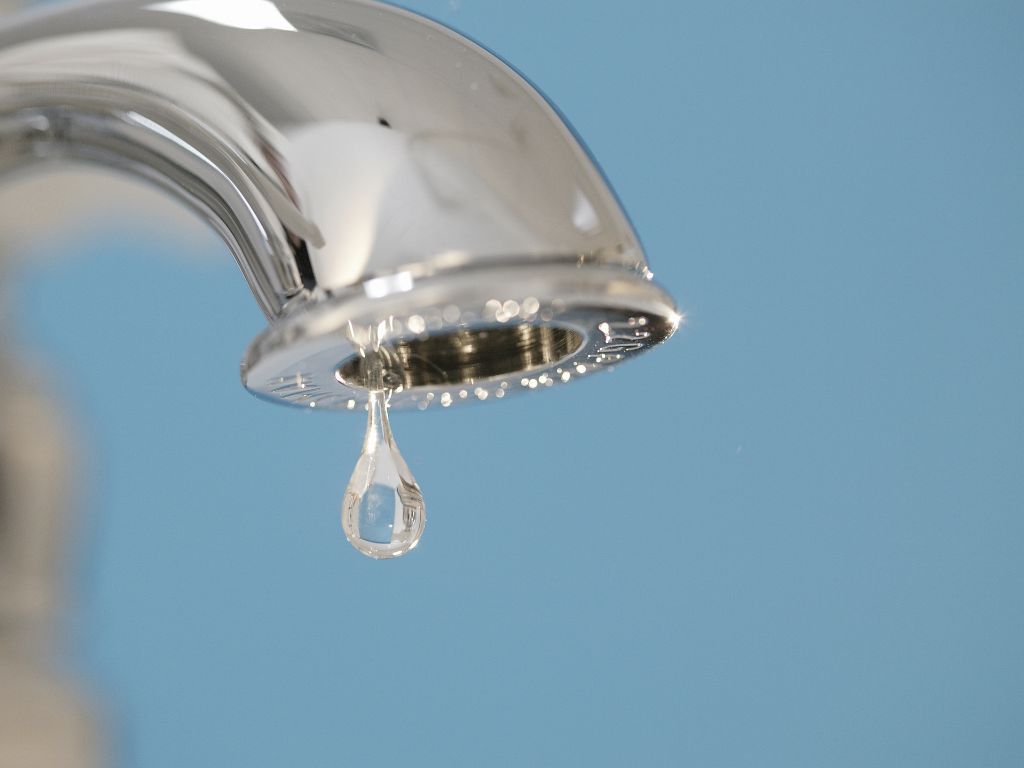
While a dripping faucet may seem like a minor annoyance, ignoring it can lead to a larger plumbing emergency down the line.
Over time, even a small leak can waste gallons of water and increase your utility bills. Additionally, the constant drip can cause wear and tear on your faucet’s internal components, leading to bigger repairs in the future.
If you notice a dripping faucet, it is best to address it promptly by tightening any loose parts or replacing worn-out parts of your plumbing systems. If the issue persists, call emergency plumbing services for assistance.
7. Leaking Washing Machine Hose
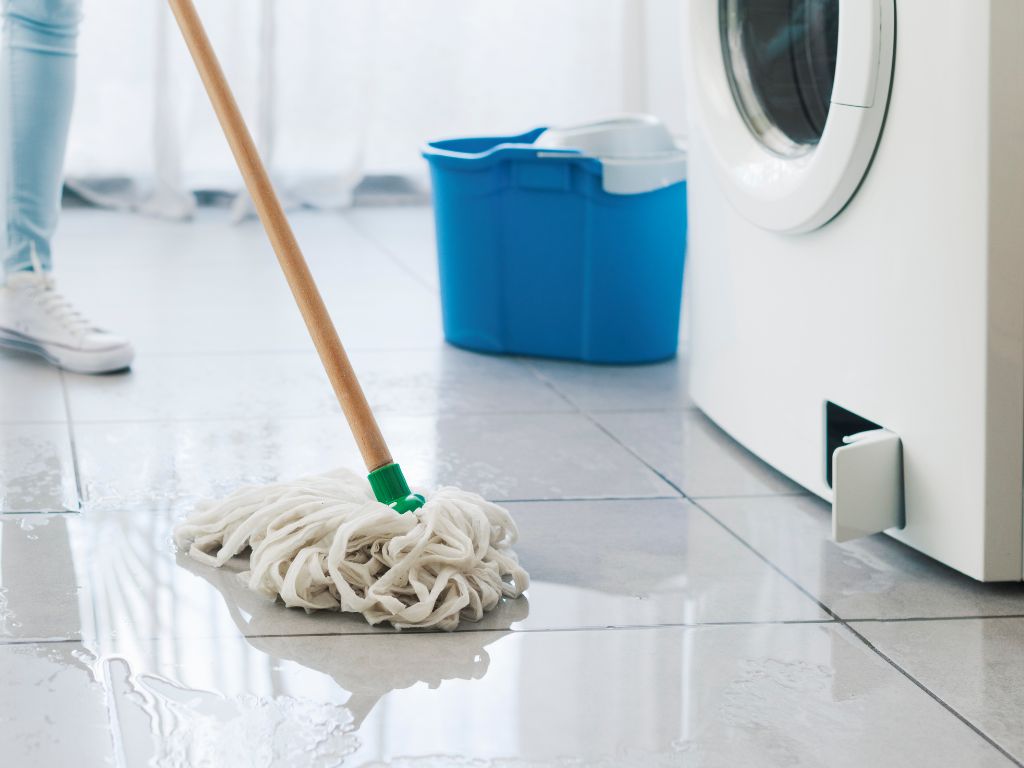
Another common household plumbing issue is a leaking washing machine hose. These hoses can become damaged over time, causing water to leak onto your floors, potentially leading to mold or mildew growth.
To prevent this problem, regularly check your washing machine hoses for signs of wear and tear, such as cracks or bulges. It is also recommended to replace them every three to five years, even if they appear to be in good condition.
8. Clogged Garbage Disposal
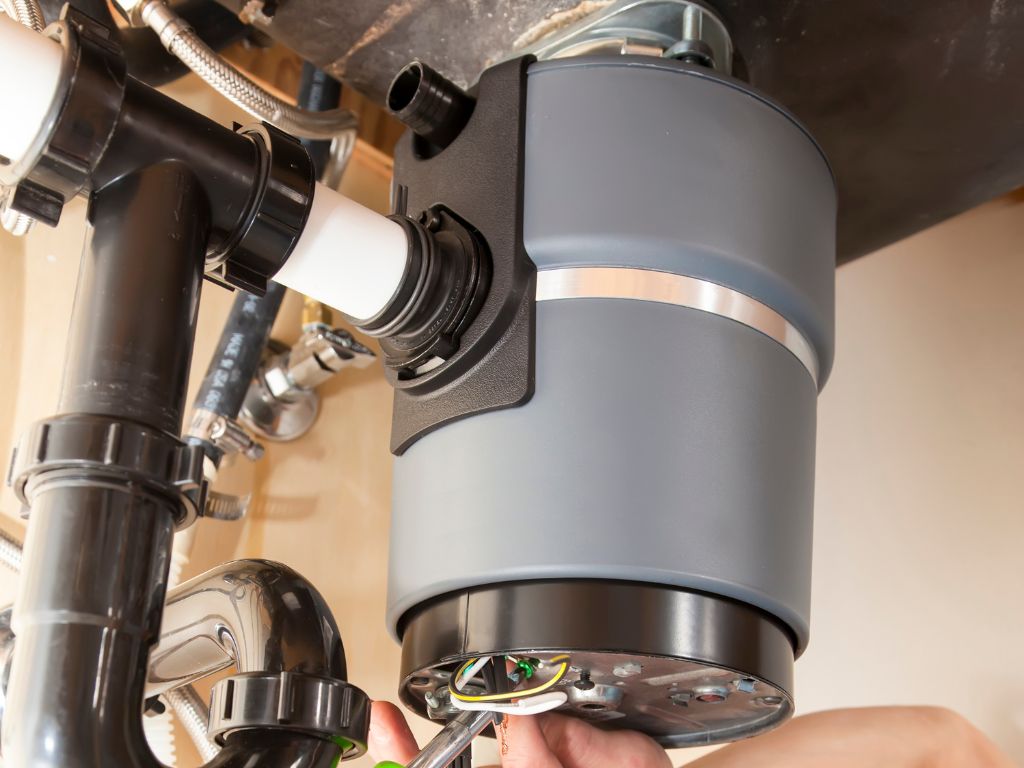
A clogged garbage disposal is another common plumbing emergency that can quickly escalate into a bigger problem. Putting the wrong items down your disposal, such as grease, fibrous foods, or non-food items, can cause blockages and damage the unit.
If you notice that your garbage disposal is not working properly or making strange noises, turn it off immediately and call emergency plumbing services. Avoid fixing the issue yourself, as this can be dangerous and costly.
To prevent clogs in your garbage disposal, always run cold water while using it and avoid putting anything other than small food scraps down the drain.
9. Worn-Out Fixtures
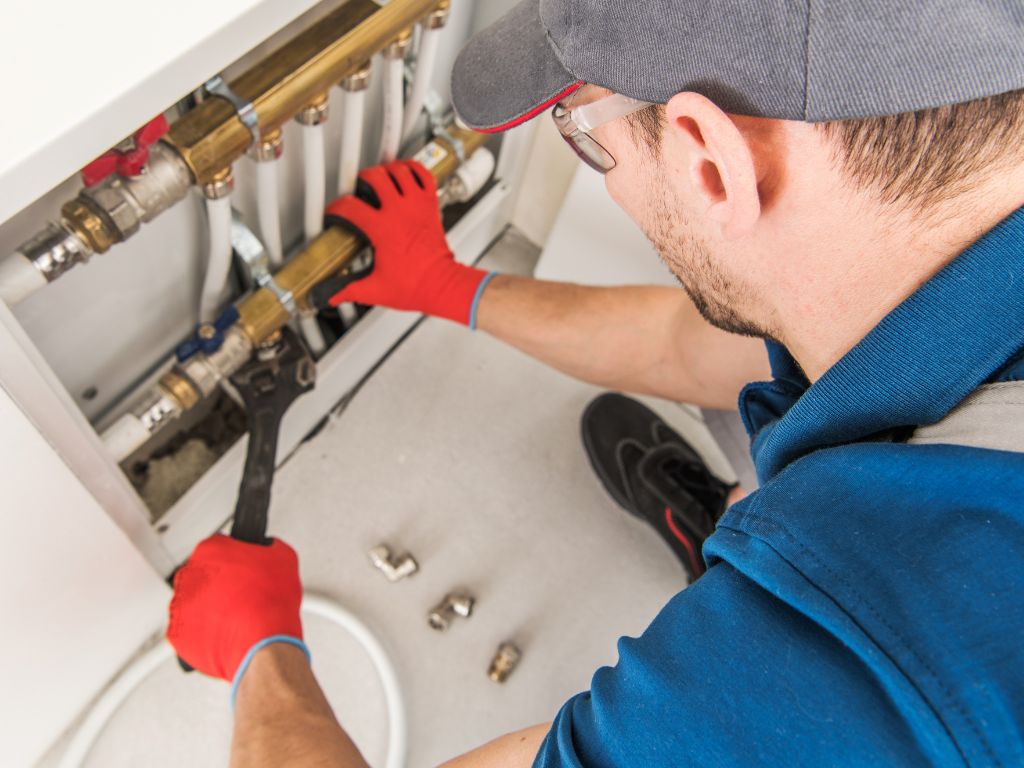
Over time, plumbing fixtures in your home can become worn out and start to leak or malfunction. This can include faucets, showerheads, and toilets. Not only can this be an inconvenience, but it can also lead to higher water bills and potential water damage.
To prevent these issues, regularly check your fixtures for any signs of wear and tear. If you notice any leaks or dripping faucets, have them repaired or replaced as soon as possible. It is also recommended to upgrade to more efficient fixtures, such as low-flow toilets and showerheads, to save on water usage and costs.
10. Sewage Backup
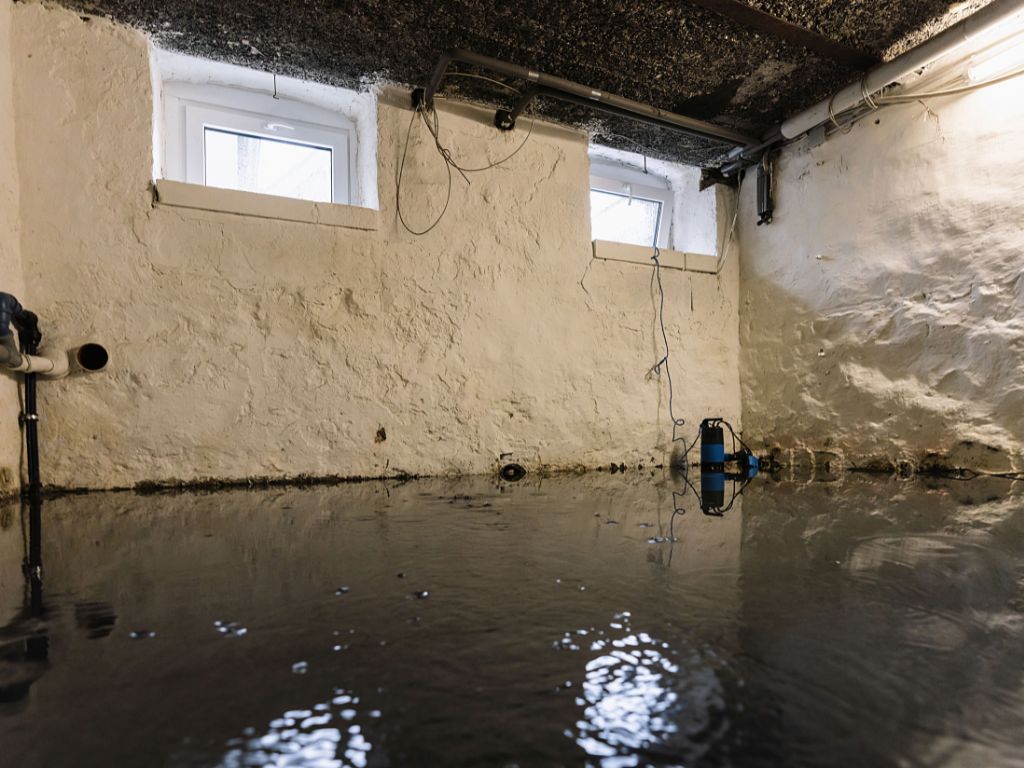
A sewage line backup is a serious plumbing emergency that requires immediate attention. This can be caused by various factors, including tree roots, clogs, or damage to the pipes.
If you notice any signs of a sewage line backup, such as slow-draining sinks and toilets or foul odors coming from your drains, call for professional help right away. They will use methods like sewer jetting to clear out the blockage and prevent further damage.
11. Broken Water Lines
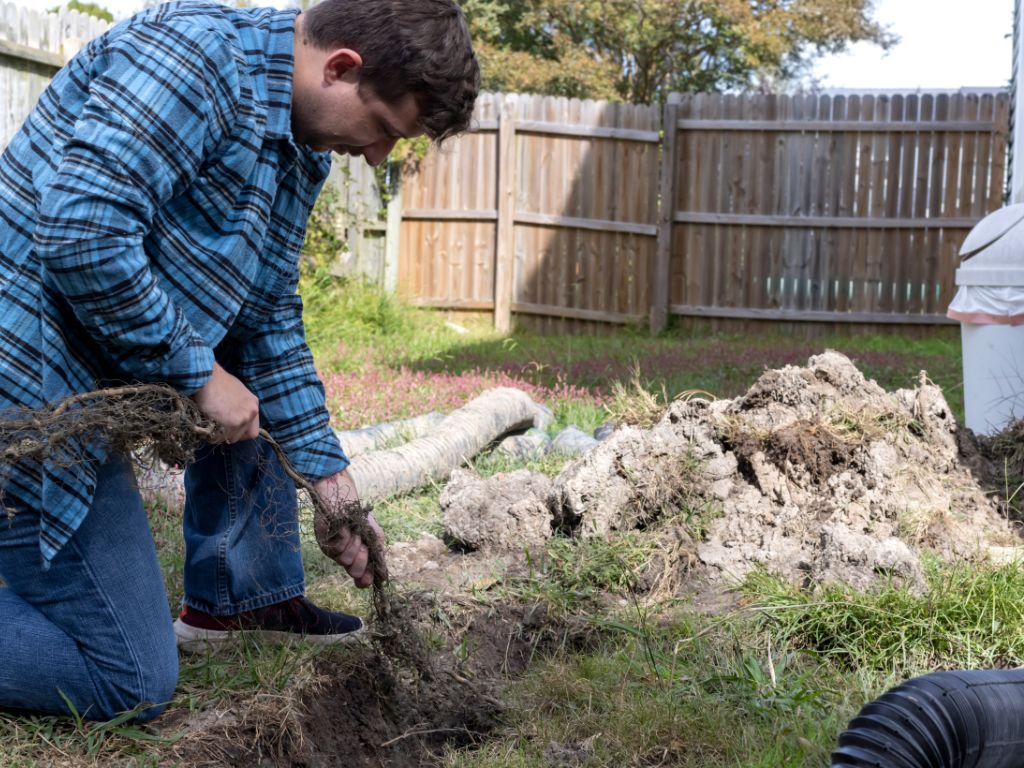
Another common plumbing emergency is a broken water line. This can be caused by freezing temperatures, tree roots, or even shifting soil.
If you notice any signs of a broken water line, such as low water pressure or water pooling in your yard, it is important to call a professional plumber immediately. Ignoring this issue can lead to expensive damage to your property and disrupt your water supply.
To prevent broken water lines, make sure to properly insulate your pipes during colder months and avoid planting trees or shrubs near your main water line. It is also recommended to have your pipes professionally inspected and maintained regularly.
Conclusion
Plumbing emergencies can be stressful and costly, but with regular maintenance and quick action, they can be avoided or minimized. Remember to keep an eye out for any signs of issues and always call for professional help when needed. Don’t let a small plumbing problem turn into a major disaster – take care of your plumbing system to ensure a safe and functional home.
At Duncan Plumbing, we are dedicated to providing top-quality plumbing services for both residential and commercial properties. We offer emergency services 24/7 to help you deal with any unexpected plumbing issues.
Contact us today to learn more!
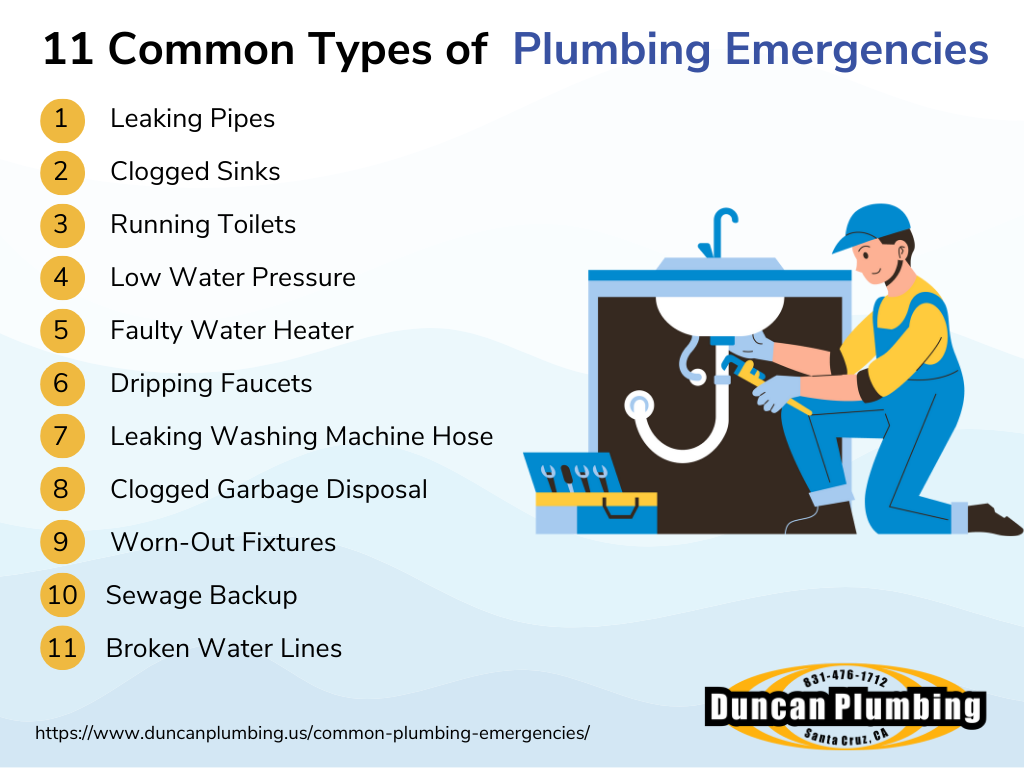
Published on: May 21, 2015
Updated: Jan 23, 2024
What People Are Saying About Us

